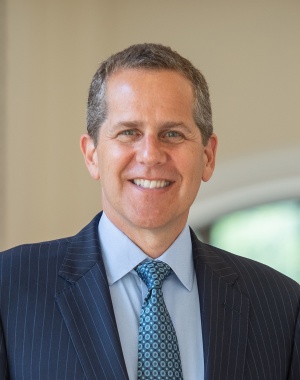
Michael Barr, Dean of the Ford School, has been observing the financial response to the COVID-19 pandemic closely, as the Fed, the Treasury Department and Congress (especially through the CARES Act) have worked to prop up the economy. To help faculty teach about the many actions and implications of the frenzied activity of the past five months, he and his co-authors Howell Jackson of Harvard, and Margaret Tahyar of law firm David Polk & Wardell LLP, have produced a supplement to their textbook, Financial Regulation: Law and Policy (Foundation Press, 2d ed. 2018).
Responding to this unprecedented health crisis, The Financial Response to the COVID-19 Pandemic “focuses on key actions taken by financial regulators in response to the crisis so far. We discuss the Federal Reserve’s monetary policy actions, emergency lending facilities, and supervisory forbearance by the federal banking agencies. We also provide a summary of financial provisions of the CARES Act, including an analysis of the Paycheck Protection Program. We explore a number of central themes already emerging, including the blurry line between monetary policy and fiscal policy.”
The paper looks at the “revival of the alphabet soup” of programs designed to combat the financial crisis in 2008-2009, and the efforts to address perceived failings of those programs, including giving relief to homeowners and renters.
Though the crisis is still unfolding, they conclude that the central themes of the response so far include:
-
The Federal Reserve seems to have set up its first wave of crisis response programs seeking to adhere to some undefined line between monetary policy and fiscal policy.
-
Congress and the White House have taken the policy decision to rely on the Federal Reserve, and the banking sector, to transmit credit to an economy whose main risk today is not inadequate access to low-cost credit, but a fundamental lack of demand because of the global pandemic and associated shut-downs.
-
A global pandemic was not on financial regulators’ list of top threats to the financial system, despite the fact that a global pandemic was very much in the minds of top epidemiologists. This suggests the need for humility about the ability of the Financial Stability Oversight Council, the Office of Financial Research, or the Federal Reserve to forecast systemic financial risk, and the wisdom of building significant capital and liquidity buffers into the banking sector during normal economic times to buttress it against systemic risk.
-
The political and societal push for transparency and oversight in the government programs is intense. The post Financial Crisis reforms rightly imposed more transparency on the Federal Reserve programs, and similar reforms were eventually incorporated into the PPP.
-
Last, but certainly not least, households’ and businesses’ lack of economic and social financial slack is a source of systemic risk, exposing our society to heightened risks from external shocks.
The paper can be seen here.
